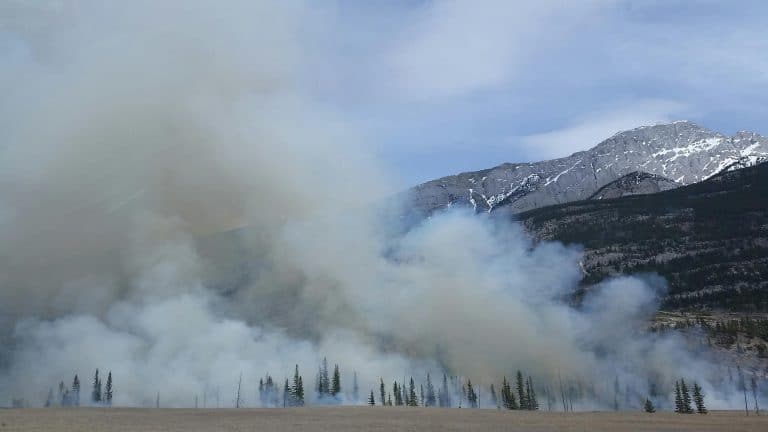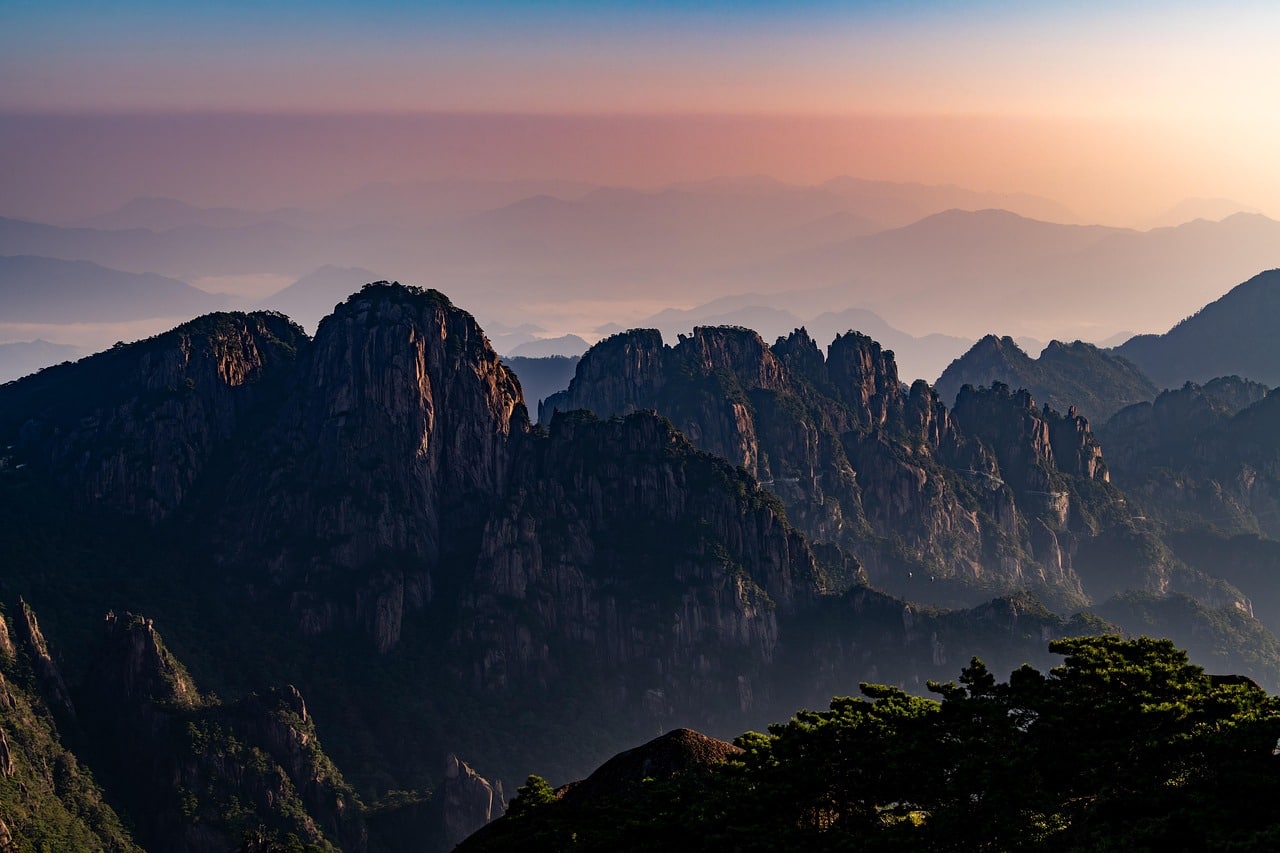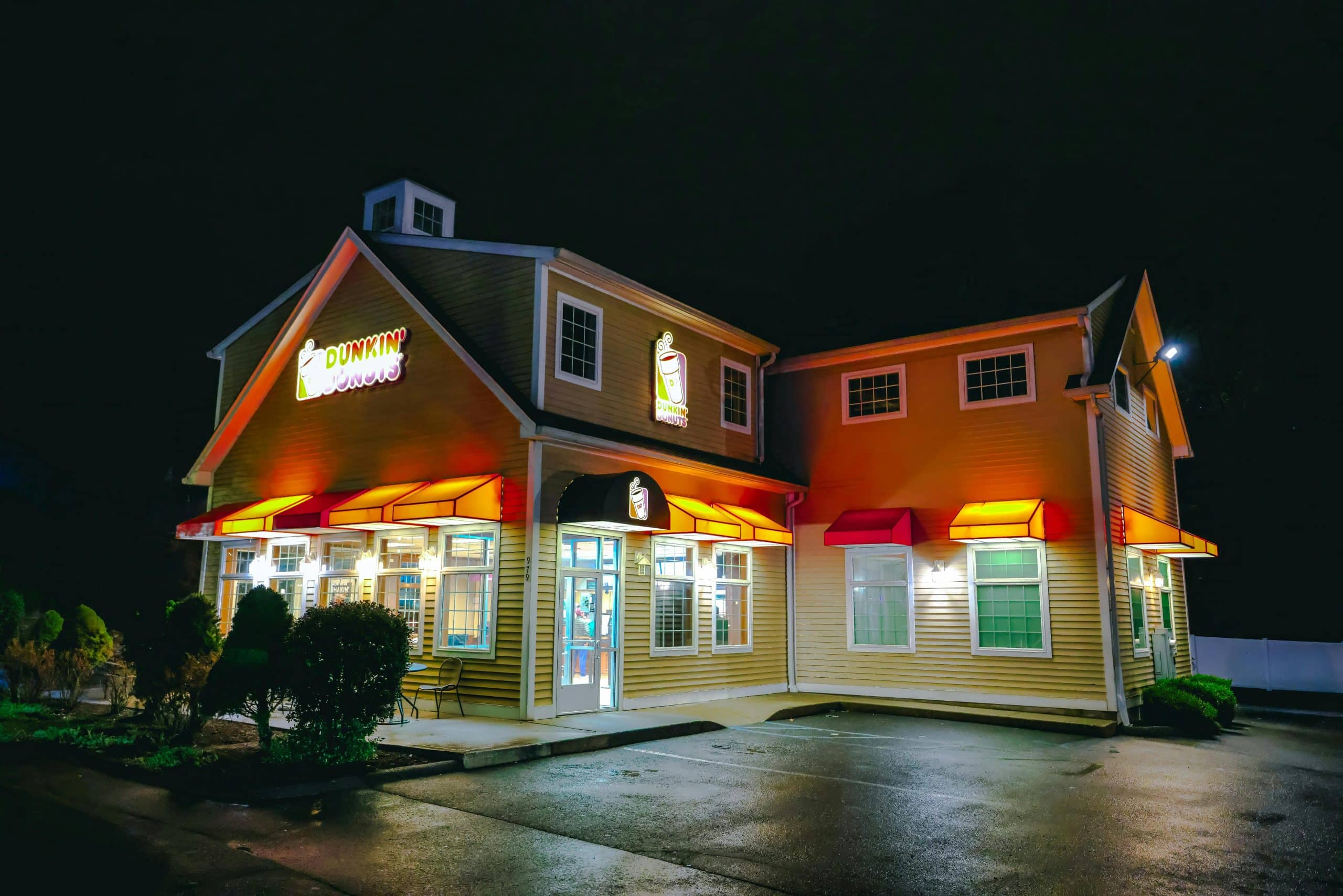Canadian wildfires have once again erupted across the country with a vengeance, painting the skies an ominous orange and driving thousands from their homes. What started as a few isolated blazes has now grown into a national crisis, with over 170 active fires tearing through forests and communities. This Year’s Canada wildfire season did not wait for summer, it came early, fast, and fierce. The damage is not just in scorched earth and destroyed property. It is in the air we breathe, the lives uprooted, and the growing fear that this is becoming a new norm. Here is what you need to know right now.
A Country on Fire
Across Canada, the wildfire situation has intensified to levels that are impossible to ignore. Provinces like Manitoba, Saskatchewan, Alberta, and British Columbia are under emergency alerts as out-of-control fires rage across hundreds of thousands of hectares. Entire communities have been forced to evacuate. Manitoba alone has seen over 17,000 people displaced. With 174 active fires, 90 of them out of control, Canada is facing one of the most dangerous fire seasons in modern history. These Canadian wildfire events are part of a fast-growing pattern of early-season blazes fueled by warm, dry spring weather.
The immediate consequences are brutal. Flames are creeping toward populated areas. Critical infrastructure, such as roads and power lines, is at risk. In some provinces, firefighting resources are stretched to the breaking point. Volunteers and reinforcements have been called in from neighbouring countries. Residents are scrambling to protect their homes with garden hoses while emergency alerts buzz relentlessly. The country is on edge, hoping winds do not shift and turn a manageable fire into an unstoppable inferno. The emotional toll is mounting as evacuations are disruptive and traumatic. And this may just be the beginning of a very long fire season.
Smoke Without Borders
As flames rage in remote areas, the individual threat of smoke stretches far beyond the fire lines. Smoke from the Canadian wildfire outbreaks has drifted into the United States, affecting cities as far South as Chicago and Cleveland. Air quality has plummeted in the Midwest, prompting health advisories and emergency warnings. People are being told to stay indoors, avoid strenuous activity, and wear N95 masks. While Canadians on the front lines face evacuation, millions more are feeling the indirect effects in the form of choking air pollution that knows no borders.
The health risks of wildfire smoke are more dangerous than most realize. Microscopic particles in the smoke can worsen asthma, trigger heart attacks, and inflame the respiratory system, even in healthy individuals. Emergency rooms have reported spikes in breathing-related cases. Meanwhile, in Canada, air quality indexes have reached hazardous levels in multiple regions, disrupting school schedules, sports, and outdoor work. These Canadian wildfire events are becoming a full-scale public health issue. It is not only about fire management anymore. It is about adapting cities and homes to protect lungs, lives, and livelihoods from a sky that keeps turning grey.
Fire is Getting Smarter and Meaner
If this all feels familiar, there is a reason. Canada’s 2023 wildfire season was the worst on record, burning nearly 19 million hectares, an area larger than Greece. The devastation was unprecedented, but also a warning shot that went largely unheeded. Just two years later, the 2025 Canada wildfire season is shaping up to challenge or exceed that grim benchmark. Climate scientists and fire ecologists point to increasingly hot, dry conditions paired with high winds and lightning as a perfect storm. These are not the wildfires of the past. They are faster, more erratic, and harder to contain.
Part of the shift is human-driven. Decades of fire suppression have left forests overloaded with flammable debris. Urban sprawl is pushing closer to wilderness areas, creating wildland-urban interfaces where fires can leap from trees to rooftops in seconds. Fire seasons are longer and starting earlier, often in spring. The technology used to fight fires is evolving, but not fast enough. Drones, satellite imaging, and predictive models are helpful, but they cannot stop a wind-fueled inferno. These Canadian wildfire incidents are teaching us that the old rules do not apply. We need a new playbook, and we need it fast.
Conclusion
The fire situation in Canada is not just a seasonal nuisance, it is a signal. A warning. A reckoning. From choking skies to shattered communities, the impact of the Canadian wildfire crisis is deeper than ever before. It is no longer enough to react. We have to rethink how we live with fire. That means investing in resilient communities, improving emergency response, and facing the uncomfortable truth about our changing climate. This story is still unfolding, but it is clear we are already living in a new era of wildfire. We need to stop being surprised and start being ready.








